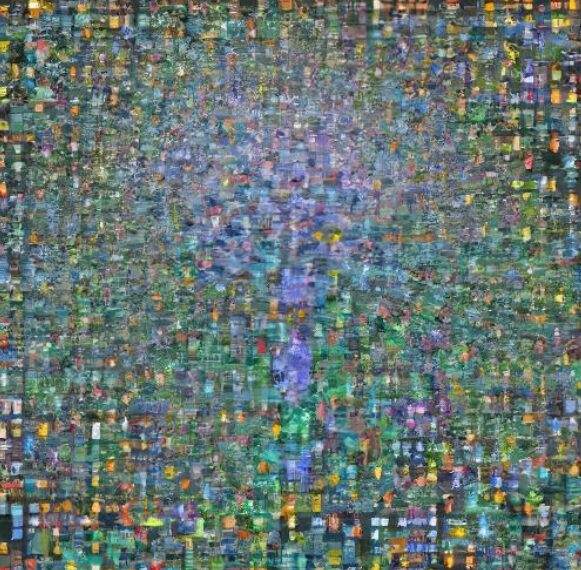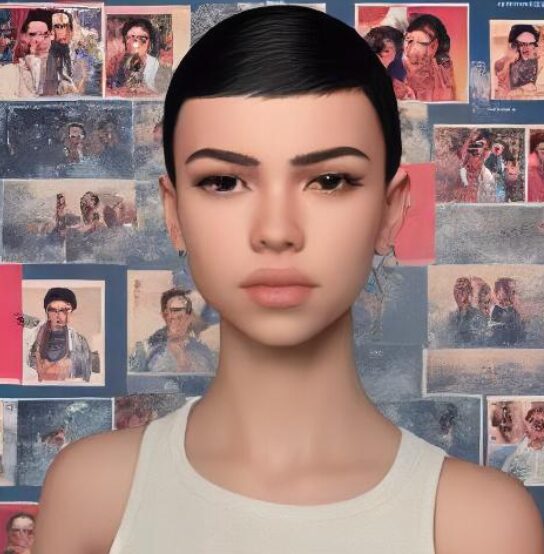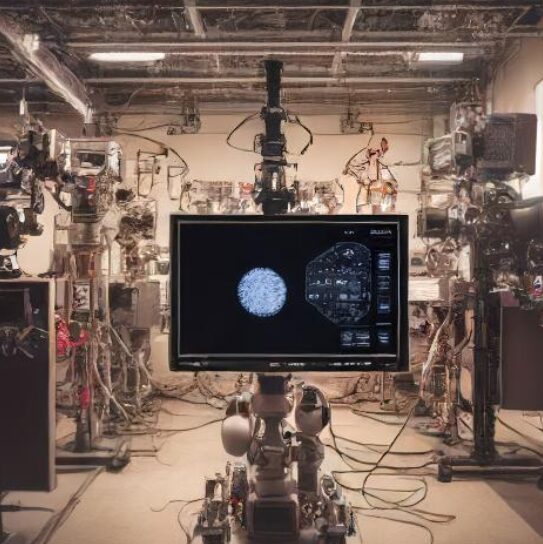The rapid advancement of artificial intelligence has ushered in a new era of digital content creation. Synthetic media, or AI-generated content, is at the forefront of this revolution, transforming how we produce and consume media. From deepfake technology to virtual influencers, AI is reshaping the landscape of media production in unprecedented ways.
The Rise of AI-Generated Content
AI-generated content refers to text, images, videos, and other forms of media created by artificial intelligence. Tools like GPT-4 and DALL-E are prime examples, capable of generating human-like text and visuals that are often indistinguishable from those created by humans. This technology is being used across industries, from marketing to entertainment, enabling businesses to produce content at scale and with greater personalization.
The benefits of AI-generated content are immense. It allows for rapid production, reducing the time and resources needed to create high-quality media. Moreover, AI can tailor content to specific audiences, enhancing engagement and delivering personalized experiences. However, the rise of AI-generated content also brings challenges, particularly concerning authenticity and originality.
Exploring Synthetic Media Trends
The synthetic media landscape is continuously evolving, with new trends emerging as AI technology advances. One significant trend is the increasing use of deepfake technology. Deepfakes use AI to create hyper-realistic videos where the faces and voices of individuals are manipulated. While deepfakes have garnered attention for their potential misuse, they also offer creative possibilities in film, advertising, and other media.
Another trend is the emergence of virtual influencers. These are AI-generated characters that operate as social media personalities. Unlike traditional influencers, virtual influencers are entirely controlled by algorithms, allowing brands to maintain consistent messaging and avoid the unpredictability of human behavior. These digital personas are gaining massive followings, proving that synthetic media can have a substantial impact on marketing and consumer engagement.
Deepfake Technology: A Double-Edged Sword
Deepfake technology represents one of the most controversial aspects of AI-generated content. The ability to create realistic yet fake videos has raised concerns about misinformation, privacy, and security. However, deepfakes also offer innovative opportunities in media production. For example, filmmakers can use deepfakes to recreate actors for certain roles or to bring historical figures to life in documentaries.
Despite its potential, the ethical implications of deepfakes cannot be ignored. As this technology becomes more accessible, it is crucial to establish regulations and safeguards to prevent its misuse.
Virtual Influencers: The New Faces of Social Media
Virtual influencers are redefining the concept of social media influence. These AI-generated characters are designed with specific traits and personalities, allowing brands to craft highly controlled and targeted campaigns. Lil Miquela is one of the most famous virtual influencers, boasting millions of followers on Instagram and securing partnerships with major brands.
The appeal of virtual influencers lies in their reliability and consistency. Unlike human influencers, virtual personalities don’t have off days or personal controversies, making them ideal for long-term brand representation. However, the rise of virtual influencers also raises questions about authenticity and the human connection in social media.
AI in Media Production: A Paradigm Shift
The integration of AI in media production is driving a paradigm shift in how content is created and distributed. AI tools can analyze vast amounts of data to identify trends, optimize content for specific platforms, and even predict audience reactions. This capability is particularly valuable in advertising, where personalized content is key to capturing consumer attention.
Moreover, AI-generated content is enabling new forms of storytelling. For example, AI can generate scripts, compose music, and even create entire visual scenes, offering filmmakers and content creators new creative possibilities. As AI continues to evolve, its role in media production will only expand, pushing the boundaries of what is possible in digital content creation.
Conclusion
The rise of synthetic media and AI-generated content is transforming the media landscape. While this technology offers exciting possibilities, it also presents significant challenges, particularly in terms of ethics and authenticity. As we navigate this new frontier, it is essential to balance innovation with responsibility, ensuring that AI-generated content enhances rather than undermines the integrity of media.
By staying informed about synthetic media trends, deepfake technology, and the role of AI in media production, businesses and content creators can leverage these tools to produce innovative, engaging, and ethical content in the digital age.







Comments 1